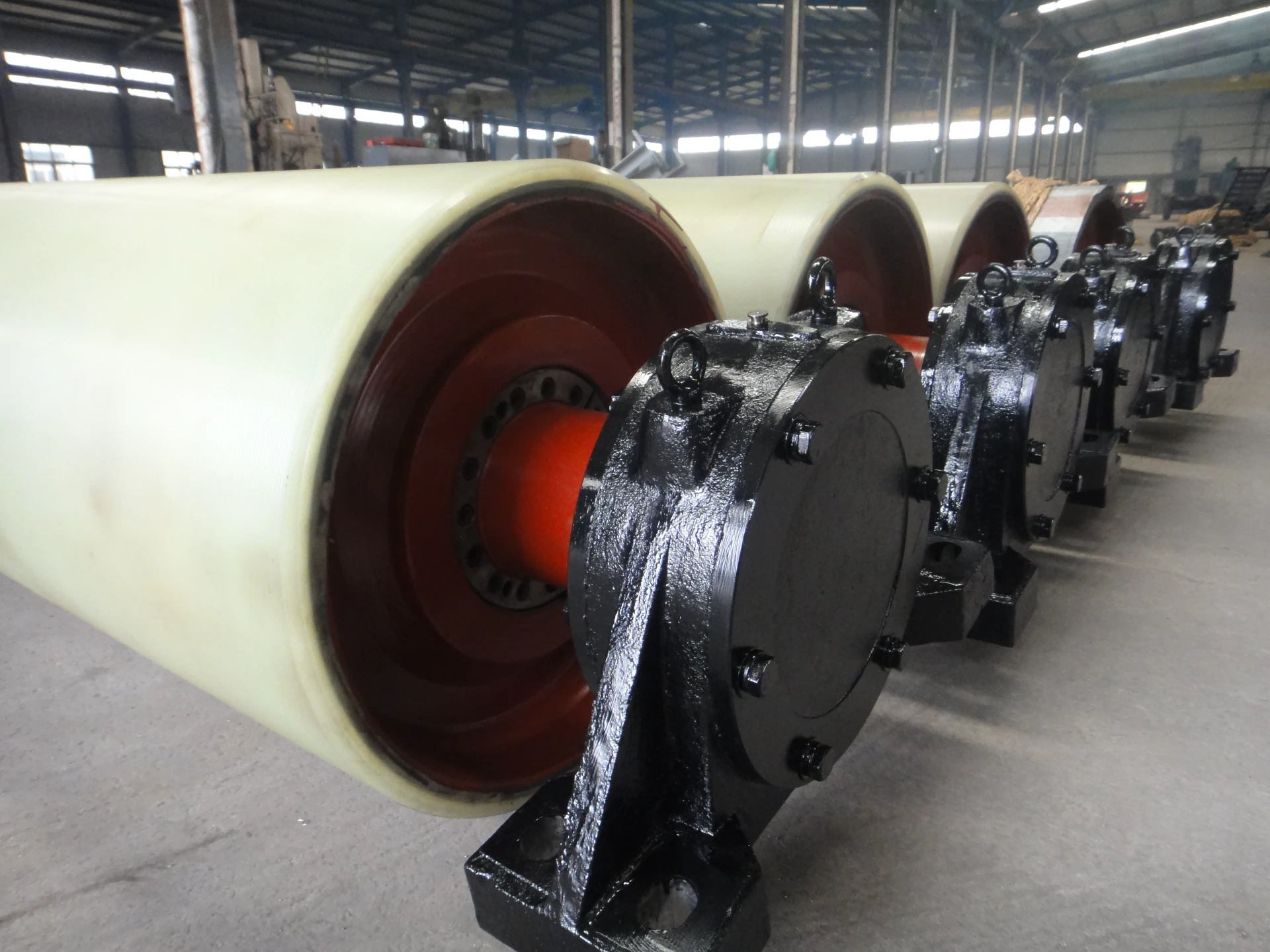 Afrikaans
Afrikaans  Albanian
Albanian  Amharic
Amharic  Arabic
Arabic  Armenian
Armenian  Azerbaijani
Azerbaijani  Basque
Basque  Belarusian
Belarusian  Bengali
Bengali  Bosnian
Bosnian  Bulgarian
Bulgarian  Catalan
Catalan  Cebuano
Cebuano  Corsican
Corsican  Croatian
Croatian  Czech
Czech  Danish
Danish  Dutch
Dutch  English
English  Esperanto
Esperanto  Estonian
Estonian  Finnish
Finnish  French
French  Frisian
Frisian  Galician
Galician  Georgian
Georgian  German
German  Greek
Greek  Gujarati
Gujarati  Haitian Creole
Haitian Creole  hausa
hausa  hawaiian
hawaiian  Hebrew
Hebrew  Hindi
Hindi  Miao
Miao  Hungarian
Hungarian  Icelandic
Icelandic  igbo
igbo  Indonesian
Indonesian  irish
irish  Italian
Italian  Japanese
Japanese  Javanese
Javanese  Kannada
Kannada  kazakh
kazakh  Khmer
Khmer  Rwandese
Rwandese  Korean
Korean  Kurdish
Kurdish  Kyrgyz
Kyrgyz  Lao
Lao  Latin
Latin  Latvian
Latvian  Lithuanian
Lithuanian  Luxembourgish
Luxembourgish  Macedonian
Macedonian  Malgashi
Malgashi  Malay
Malay  Malayalam
Malayalam  Maltese
Maltese  Maori
Maori  Marathi
Marathi  Mongolian
Mongolian  Myanmar
Myanmar  Nepali
Nepali  Norwegian
Norwegian  Norwegian
Norwegian  Occitan
Occitan  Pashto
Pashto  Persian
Persian  Polish
Polish  Portuguese
Portuguese  Punjabi
Punjabi  Romanian
Romanian  Russian
Russian  Samoan
Samoan  Scottish Gaelic
Scottish Gaelic  Serbian
Serbian  Sesotho
Sesotho  Shona
Shona  Sindhi
Sindhi  Sinhala
Sinhala  Slovak
Slovak  Slovenian
Slovenian  Somali
Somali  Spanish
Spanish  Sundanese
Sundanese  Swahili
Swahili  Swedish
Swedish  Tagalog
Tagalog  Tajik
Tajik  Tamil
Tamil  Tatar
Tatar  Telugu
Telugu  Thai
Thai  Turkish
Turkish  Turkmen
Turkmen  Ukrainian
Ukrainian  Urdu
Urdu  Uighur
Uighur  Uzbek
Uzbek  Vietnamese
Vietnamese  Welsh
Welsh  Bantu
Bantu  Yiddish
Yiddish  Yoruba
Yoruba  Zulu
Zulu v belt idler
Understanding V-Belt Idlers Importance and Applications
In industrial machinery, the efficiency and reliability of power transmission are crucial to operational success. One of the key components that contribute to this efficiency is the V-belt idler. This unassuming yet vital component plays a significant role in various mechanical systems, ensuring that belts operate smoothly, effectively, and with minimal wear and tear. In this article, we will delve into what V-belt idlers are, their functions, types, and applications.
What is a V-Belt Idler?
A V-belt idler is a mechanical device designed to guide and support V-belts in a power transmission system. It is typically composed of a pulley mounted on a shaft, which can spin freely around it, allowing it to maintain proper tension in the belt. The primary purpose of an idler is to manage the belt’s path, helping to prevent slip or misalignment while enabling smooth operation.
Functions of V-Belt Idlers
1. Tension Maintenance One of the primary functions of a V-belt idler is to maintain proper tension on the belt. Adequate tension is crucial for optimal power transmission and performance. If the belt is too loose, it may slip, leading to inefficiencies and potential damage to both the belt and the driven components.
2. Alignment Control Idlers help to ensure that the belt remains correctly aligned on its pulleys. Misalignment can result in uneven wear and tear on the belt and can lead to catastrophic failures in a system.
3. Drive Optimization By adjusting the angle and position of the V-belt, idlers can optimize the drive characteristics of a system. This ensures that the power generated is efficiently delivered to the necessary machinery without unnecessary losses.
4. Vibration Damping V-belt idlers can also absorb vibrations that occur during operation. This characteristic not only prolongs the lifespan of the belt but also contributes to smoother operation of the entire system.
Types of V-Belt Idlers
V-belt idlers can be classified into various types based on their design and function
v belt idler

1. Fixed Idlers These are stationary pulleys that guide the belt through a predetermined path. Fixed idlers are commonly used in simple systems where the belt's path does not need frequent adjustment.
2. Adjustable Idlers These idlers have the capability to be repositioned to alter belt tension. They are essential in systems where the belts may stretch over time and require frequent adjustment to maintain optimal tension.
3. Tensioning Idlers Designed specifically for maintaining tension in the system, tensioning idlers automatically adjust to accommodate changes in belt length due to wear or temperature variations.
Applications of V-Belt Idlers
V-belt idlers are ubiquitous in various industries, including
1. Manufacturing In manufacturing plants, V-belt idlers are integral to powering conveyor systems, manufacturing equipment, and heavy machinery, ensuring efficient material movement and processing.
2. Agriculture In agricultural machinery, such as tractors and combine harvesters, V-belt idlers contribute to the reliable operation of essential components like harvesters, tillers, and irrigation systems.
3. Automotive In vehicles, idlers are part of the engine accessory drive belts, ensuring that alternators, water pumps, and air conditioning compressors function smoothly and reliably.
4. HVAC Systems In heating, ventilation, and air conditioning systems, V-belt idlers help drive fans and blowers, maintaining airflow and temperature regulation efficiently.
Conclusion
In summary, V-belt idlers, though often overlooked, play a pivotal role in the performance of countless mechanical systems across various industries. Their ability to maintain tension, ensure alignment, optimize drive characteristics, and dampen vibrations makes them essential components in any power transmission system. As technology continues to advance and machinery becomes more complex, the importance of reliable components like V-belt idlers will only grow. Understanding their functions and applications can significantly enhance maintenance practices and operational efficiency, ultimately leading to longer-lasting and more reliable machinery.
-
Revolutionizing Conveyor Reliability with Advanced Rubber Lagging PulleysNewsJul.22,2025
-
Powering Precision and Durability with Expert Manufacturers of Conveyor ComponentsNewsJul.22,2025
-
Optimizing Conveyor Systems with Advanced Conveyor AccessoriesNewsJul.22,2025
-
Maximize Conveyor Efficiency with Quality Conveyor Idler PulleysNewsJul.22,2025
-
Future-Proof Your Conveyor System with High-Performance Polyurethane RollerNewsJul.22,2025
-
Driving Efficiency Forward with Quality Idlers and RollersNewsJul.22,2025





























